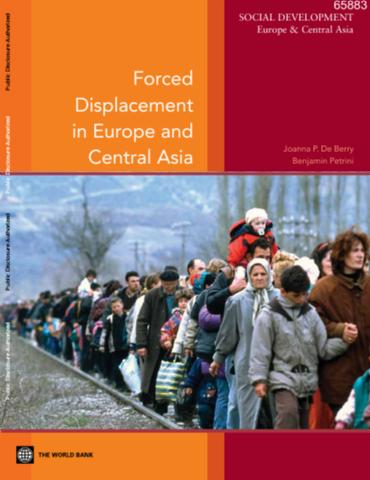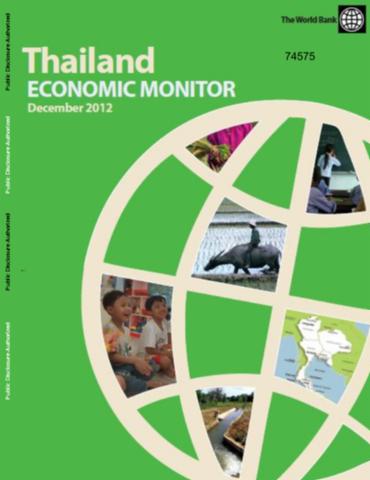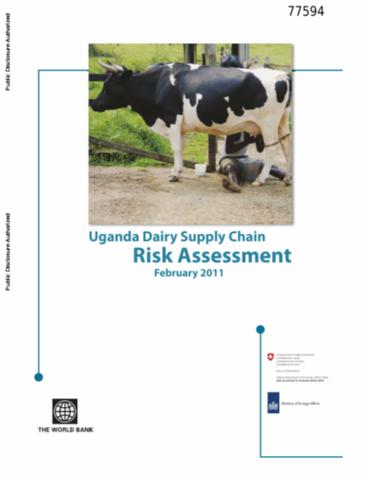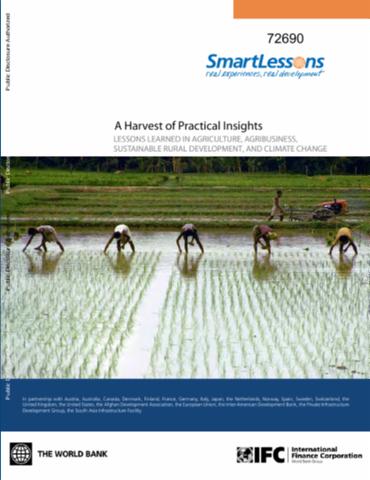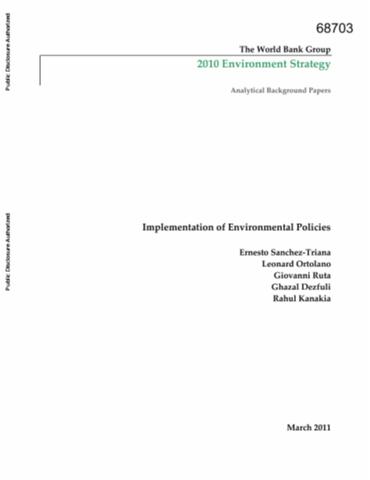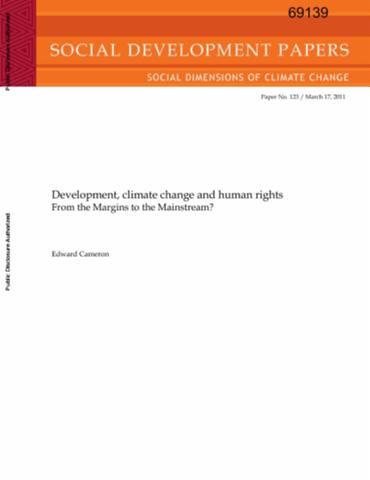Philippine Economic Update, December 2012
The Philippine economy has emerged as one of the fastest growing economies in East Asia, with growth accelerating to 7.1 percent in the third quarter. The acceleration of domestic demand since the first quarter of 2012 reflects the country's strong macroeconomic fundamentals, stronger government finances, and high confidence in the Aquino government's commitment to reform.


